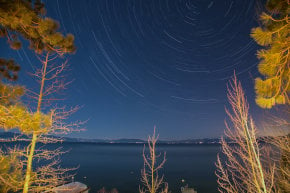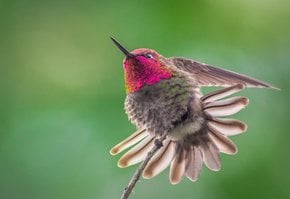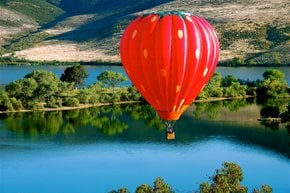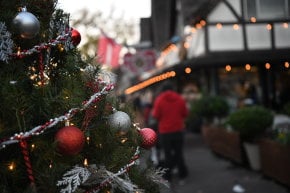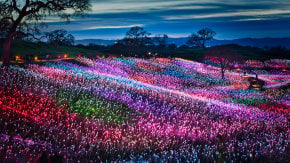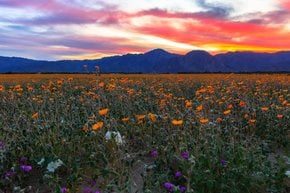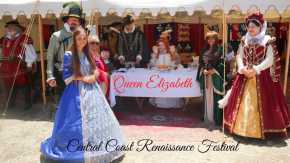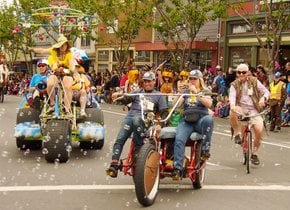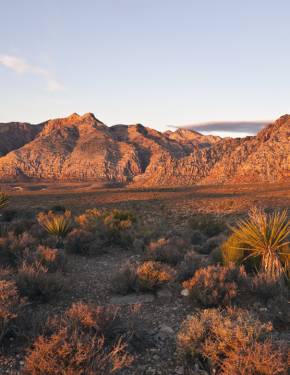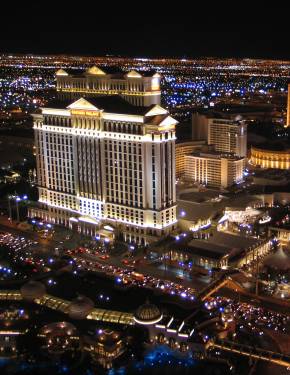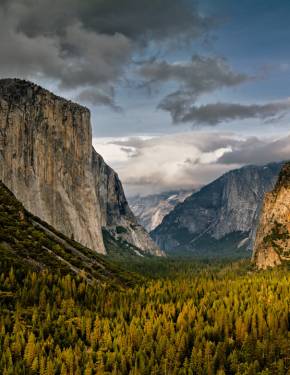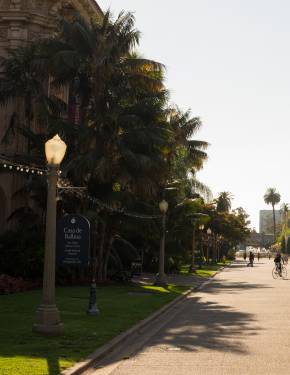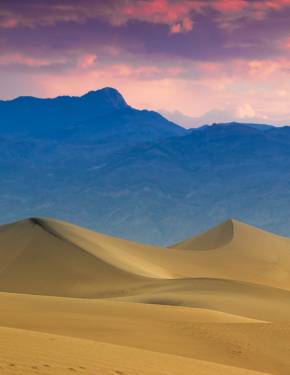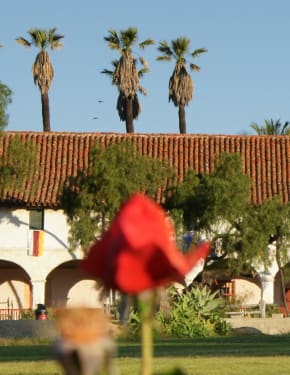Monarch Butterflies in California 2025-2026
Tens of thousands of North American monarchs head to California for their honeymoon, and wedding night falls on Valentine's Day
Best time: mid-November–mid-March
Countless clusters of fragile orange wings fluttering overhead look awesome on the blue-sky backdrop. Also, clusters of monarch butterflies may be found sleeping on tree trunks or bent branches. Despite being light when taken separately, in clusters, they become quite heavy. This unique spectacle can be seen throughout winter when all the monarchs from regions west of the Rocky Mountains gather together and head to their wintering sites in California.
Monarch Butterfly Migration
The Western Monarch Butterfly is a migratory species found in different parts of North America, depending on the season. During the summer, it inhabits the Pacific Northwest, including states like Oregon, Washington, Nevada, and Idaho. At this time, monarchs are solitary and short-lived, with each butterfly living for 6-8 weeks and interacting only for mating. In early September, a new generation emerges with a different lifecycle. This "super-generation" has the instinct to migrate and lives much longer, typically 6-9 months. It is this generation that migrates to coastal areas in California for the winter.
Best Places to Observe The Monarch Butterflies in California
There are several major places in California with the best opportunity to witness the beauty of the Monarch butterflies.
The Pacific Grove Monarch Sanctuary
Pacific Grove is just a stone's throw from the Monterey Bay Aquarium and further still from Carmel-by-the-Sea. The Monarch Sanctuary is located in Pacific Grove's beautiful downtown with free parking on Ridge Road. This area boasts the largest population of overwintering monarchs in Monterey County for public viewing and is generally one of the largest monarch overwintering sites in America. Clustered high in numerous trees in overwintering places, monarchs might resemble dead leaves, so get your eyes ready to distinguish them. The sanctuary is open daily, including weekends and holidays. However, be aware that Monarchs are not in Pacific Grove year-round. They typically arrive in mid-October and leave in February. There is no admission fee.
Natural Bridges State Park
Another spectacular monarch wintering ground is located at Natural Bridges State Park in Santa Cruz. It is the only State Monarch Preserve in California, and it welcomes over 100,000 monarchs each winter. Monarchs chose this habitat due to the vast eucalyptus grove and moderate coastal weather. The grove is located in a canyon and is sheltered from coastal winds and harsh sunlight. Eucalyptus trees flower during winter, providing pollinators with food. If you want to see monarchs flying, make sure the weather is warm enough. If it's colder than 55 °F (13 °C), monarchs stay on the trees, forming clusters.
To find out more about the Monarch butterfly migration in Santa Cruz, click here.
Pismo Beach Butterfly Grove & Goleta Butterfly Grove
Pismo Beach Butterfly Grove is known to host one of the largest monarch congregations in California. The sanctuary that can be accessed from North Beach Campground is also one of the most picturesque spots on the Central California Coast. From late October to February, butterflies cluster on the limbs of towering, majestic eucalyptus trees lining a riparian estuary that flows into the Pacific Ocean. This grove is easily accessible from CA State Highway 1, located at the southern edge of Pismo Beach city limits. If you plan to visit Santa Barbara, there is another beautiful coastal sanctuary there, which consists of pine and eucalyptus trees. Goleta's Butterfly Grove trail will lead you right to the stunning Ellwood Beach. The Goleta Butterfly Grove is open from sunrise to sunset with free admission. However, the City of Goleta welcomes donations to support the Monarch Butterfly Docent Program.
Best Time to Observe The Monarch Butterflies in California
The Monarchs start arriving in California groves in mid-October and can stay as late as March. Fauna connoisseurs claim their mating rituals take place in mid-February around Valentine's Day—these monarchs truly are such romantic creatures. Despite the season, you can always consider tracking Monarch butterflies by using migration maps, for instance, the National Wildlife Federation Monarch Butterfly Map.
If you love the Monarch butterfly topic, read more about this specious migration in Los Angeles here or San Diego here.



























































